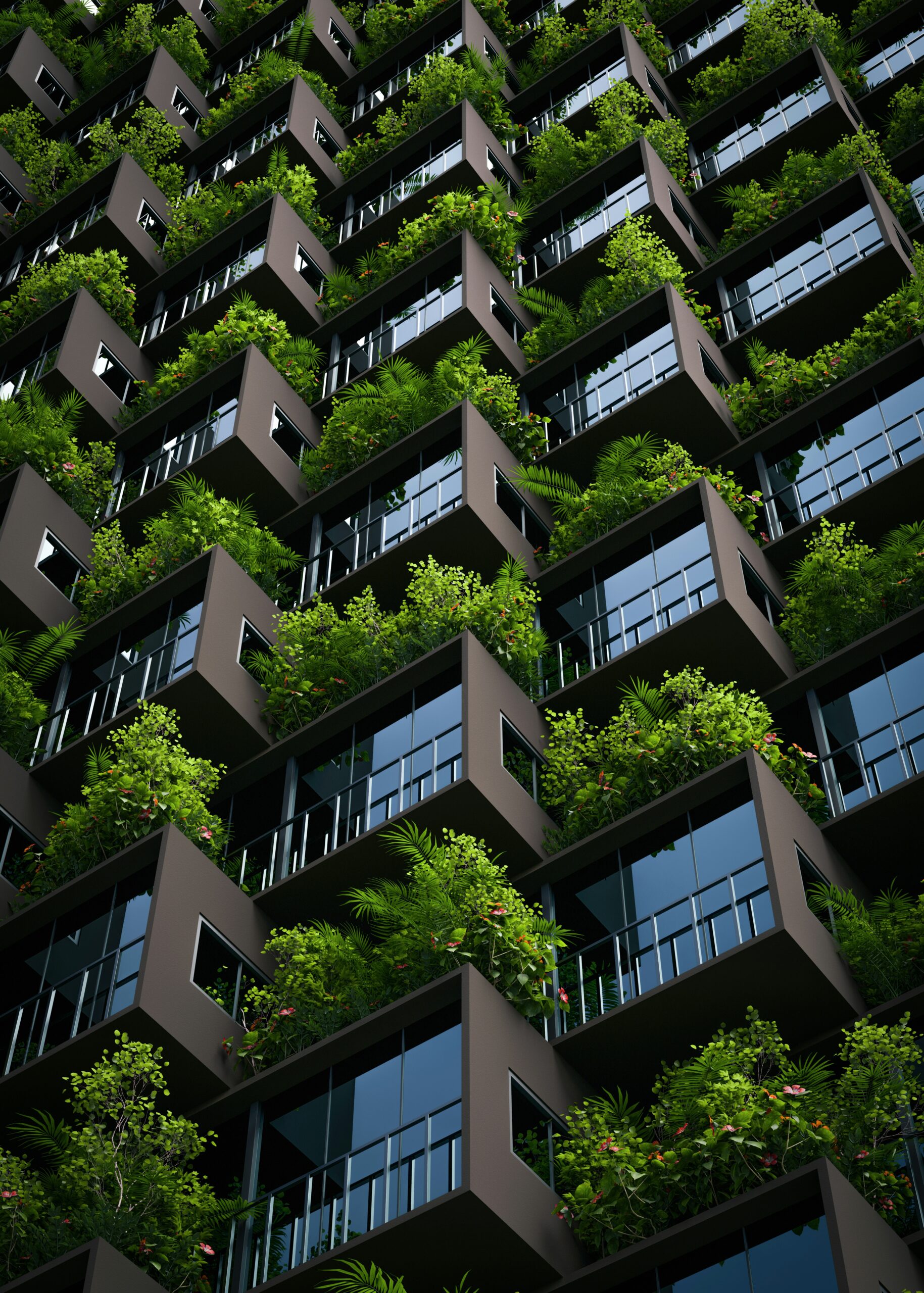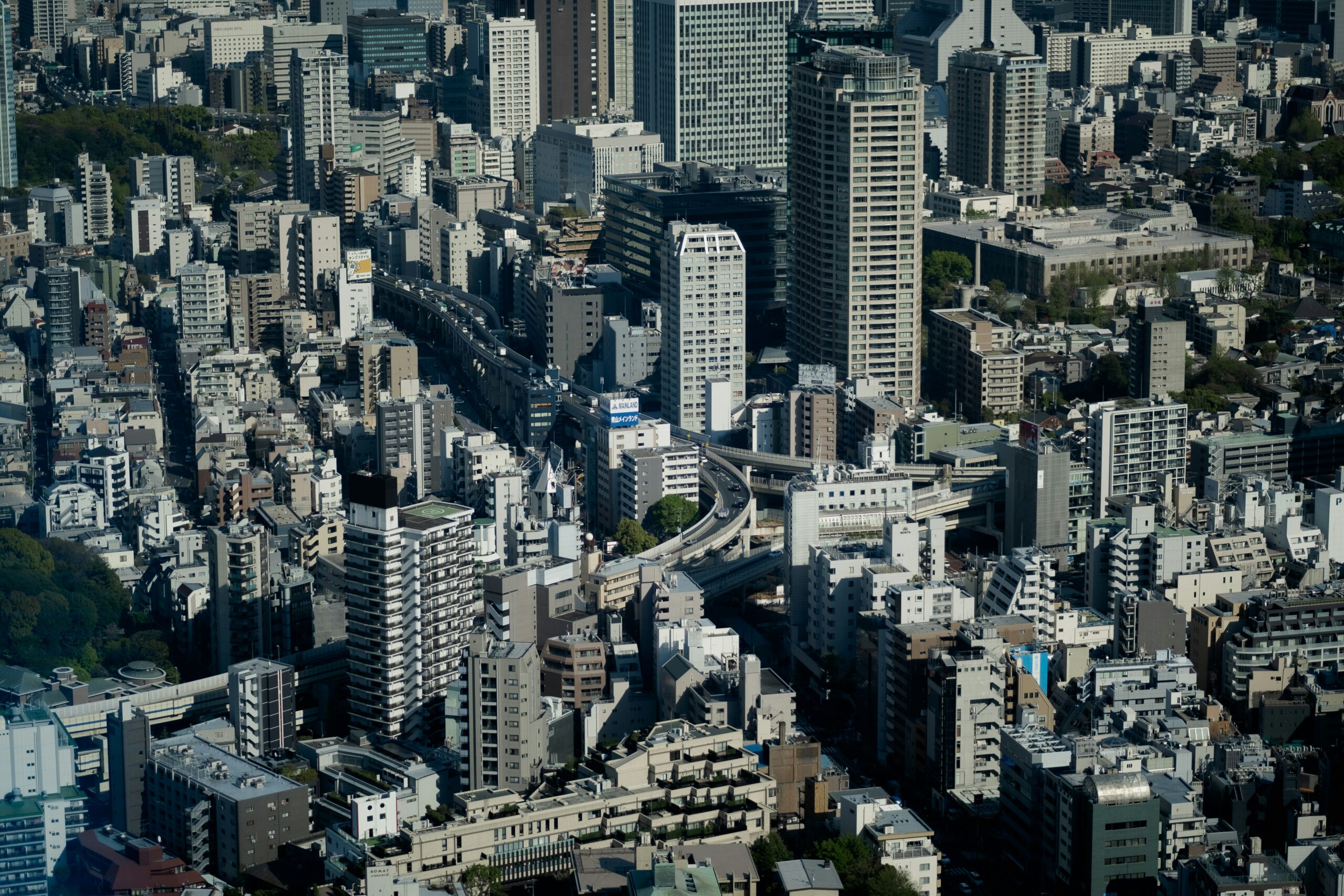What is Biophilic Design?
At its core, biophilic design focuses on incorporating natural elements into built environments to create spaces that promote well-being and connection to the natural world. Stemming from the term “biophilia,” which means a love of life and nature, biophilic design emphasizes enhancing human interaction with the environment.
This approach goes beyond merely adding greenery to your living room. It encompasses a range of strategies, such as:
- Using natural materials like wood and stone
- Incorporating ample natural light
- Designing spaces with views of the outdoors
- Including water features or even mimicking natural patterns in décor
According to celebrated architect Amanda Sturgeon, author of Creating Biophilic Buildings, biophilic design is about “reminding people of our inherent need to be connected to the natural environment and bringing that connection into the spaces in which we live and work.”
Why is Biophilic Design so Transformative?
Biophilic design isn’t just about aesthetics—it has measurable benefits that are making it a central conversation in modern architecture. Here’s why it’s revolutionary:
Enhances Well-being and Mental Health
Science consistently underlines the importance of nature for mental health. Research from the University of Exeter found that individuals who spend at least two hours a week in nature report better physical and psychological well-being. Biophilic design simulates this connection, even in urban settings. Imagine improved focus and decreased stress simply by working in a sunlit office adorned with natural materials and indoor plants.
Boosts Productivity
Studies by the Journal of Environmental Psychology show employees in biophilic workspaces experience a 15% increase in productivity. Features like green walls, natural ventilation, and optimized daylight exposure reduce mental fatigue and foster creativity.
Supports Sustainability
Biophilic spaces often include sustainable building practices such as using renewable materials, maximizing energy efficiency, and incorporating greenery that improves air quality.
Strengthens Community Connection
Biophilic environments encourage both social interaction and individual connection to place, whether it’s parks within residential complexes or shared green spaces in corporate settings. They create an environment where people feel grounded and engaged.
Reduces “Nature Deficit Disorder”
Author and nature advocate Richard Louv coined this term to describe the growing disconnect between humans and nature. Incorporating biophilic elements helps combat this deficit, which is particularly important for urban dwellers.
Examples of Biophilic Design in Practice
Let’s take a look at some inspiring real-world applications of biophilic design principles:
| Project | Location | Biophilic Features |
|---|---|---|
| Bosco Verticale | Milan, Italy | Residential towers with vertical gardens of 11,000 plants |
| Amazon Spheres | Seattle, USA | Glass domes with over 40,000 plants creating a workplace oasis |
| Changi Airport | Singapore | Stunning indoor waterfall, lush green walls, and butterfly garden |
| Bangaroo Eco-Towers | Sydney, Australia | Solar shading, green roofs, and excellent natural ventilation |
| Central Park Tower | Hong Kong | Integrating urban green spaces with sculpted landscapes |
| The Edge by Deloitte | Amsterdam | Optimized daylight and natural ventilations |
| Amager Bakke Power Plant | Copenhagen, Denmark | Incorporates a green roof leisure area and ski slope |
| Muji Hotel Ginza | Tokyo, Japan | Interiors emphasize natural textures and soft lighting |
How to Integrate Biophilic Design into Your Projects
Whether you’re working on an office building, a home renovation, or a public park, incorporating biophilic elements doesn’t have to be overwhelming. Here are some actionable steps to start:
1. Plan for Natural Light
Maximize windows, skylights, and open layouts to ensure spaces are drenched in natural light. This not only reduces energy use but also improves mood.
2. Bring in Greenery
Add plants to indoor and outdoor spaces. Vertical gardens, potted plants, or even faux greenery (if necessary) can improve ambiance and air quality.
3. Choose Natural Materials
Opt for wood, stone, bamboo, and other natural materials in your design. These elements are both durable and visually appealing.
4. Incorporate Water Features
Water has a calming effect. Consider adding fountains, indoor aquariums, or even design elements that evoke water patterns.
5. Design for Views
When possible, arrange layouts to provide sightlines to outdoor nature or landscapes. Even creating “green” outdoor murals can simulate this effect.
6. Mimic Nature’s Patterns
Use natural patterns such as fractals, leaf shapes, or organic textures and colors in your design elements. This subtly evokes a connection to nature.
Pro Tip: Partner with local biophilic design consultants or architects if you’re unsure where to start. They can guide you with tailored strategies for your project.
Bringing Nature to the Forefront of Design
The adoption of biophilic design in modern architecture represents a significant shift from solely functionality-driven spaces to environments that inspire, heal, and connect. By integrating nature into our built environments—whether through massive projects like Amazon Spheres or smaller-scale interventions in personal homes—we foster spaces that nurture both people and the planet.
Biophilic design isn’t just a fleeting trend. It’s a necessary evolution that aligns architecture with deeper ecological consciousness and humanity’s enduring bond with nature—a bond that too often gets lost in our concrete jungles.
Whether you’re a veteran in architecture, a budding interior designer, or simply curious about the concept, now is the time to start reimagining how your own projects can benefit from nature-inspired design.
What are your thoughts on biophilic design? Have you implemented it in your work? Share your experience in the comments below or feel free to drop us a question!




Leave a Reply